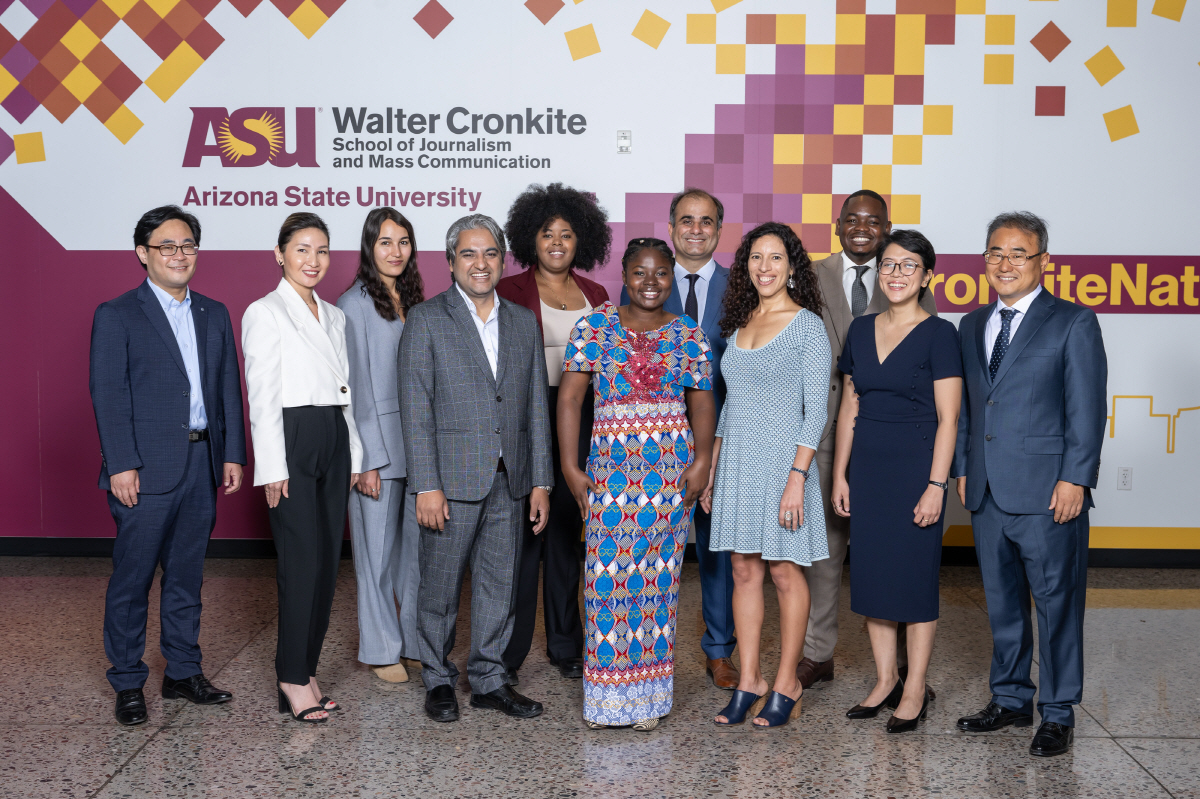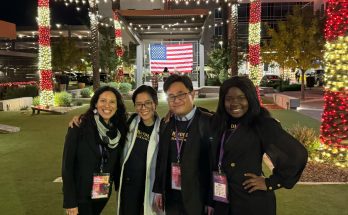I have applied to Humphrey Fellowship without much hope of getting in on the first try, but to my surprise, I was selected. Three months ago I landed in Phoenix and almost immediately realized the fellowship would be a demanding but worthwhile experience.
Since there was not much information around for me when I applied for the fellowship, I decided to write this blog post to guide and assist you, a potential fellow, in your pursuit, relying on my own experience. I hope to make your journey simpler by sharing with you things I wish I knew during my application and in the first weeks of the program.

Don’t be intimidated
I remember sitting on the balcony with my brother in Tbilisi, and going through the bios of the previous fellows—which I brought up because I was low-key considering to apply. “They are so accomplished and have so much experience,” I said. My brother just rolled his eyes: “They all probably were at the same point where you are right now. If you put the list of your achievements together, you’ll have no less of a bio. Just apply!”
The truth was, I felt a wave of intimidation upon seeing accomplished individuals, clad in suits, boasting 10-15 years of practice and impressive achievements in their communities. Meanwhile, I was a relatively young field reporter who had never worn a two-piece suit in her life.
While my experience would fall short when measured in years, I believed it is solidly grounded in the substantial work I have done. So I started do to what a journalist would—reach out to people who have gone through the program. I wrote maybe 10 of them until I got replies. Everyone encouraged me to push through with my application.
If you find yourself in the same position now as I was, know that the worst outcome from trying is a simple “No,” and that’s far from being a world-ending event.
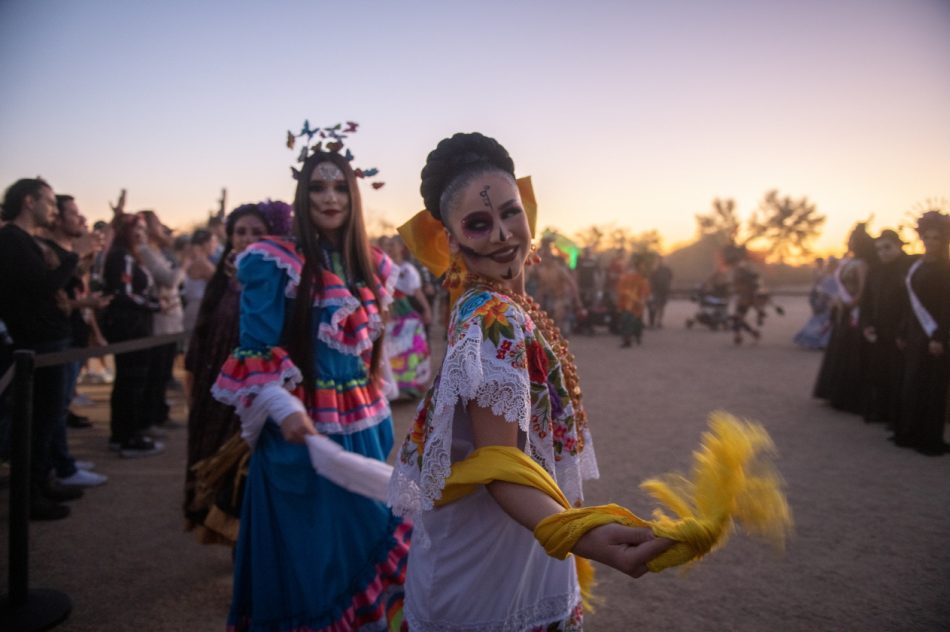
Write, rewrite, and triple-check your application
Writing comes very natural to me, and each application I tackle is a fresh start. Approach your writing with honesty and have a “big think”—ask yourself, what is it you’re looking for, and does align with the aims of this particular program?
Remember that you won’t be pursuing a degree during your time as a Humphrey Fellow. Instead, you’ll be encouraged to view your work from a much broader perspective than before. Your commitment encompasses academic experience, networking, internship and being a part of a cohort. Reflect the reasons and passions that led you to apply. In my case, I was seeking a non-degree program rich in practical components which would allow me to explore things I never had time for while in my journalistic rut.
Even though I had only the minimum required years of experience for the program, each successful project was a stepping stone for me toward this opportunity. I made it clear in my application that Humphrey would be my next big mountain to climb. I fine-tuned my application draft over a two-week period and let two people review it before I submitted: a native speaker who made the necessary corrections, and Humphrey semi-finalist who knew me personally.
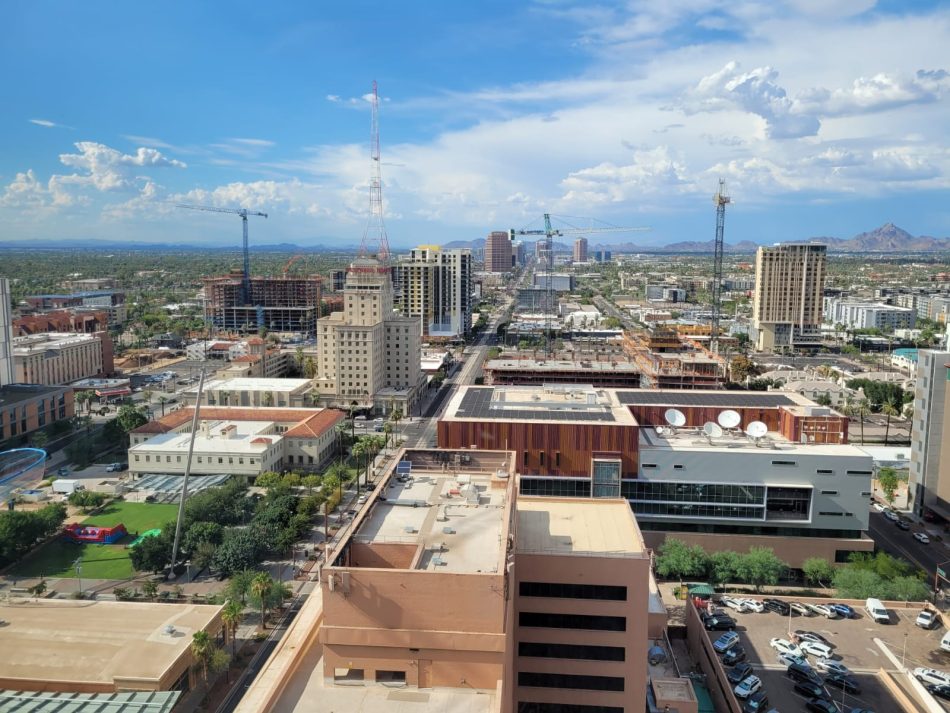
Prepare for your interview
The moment I got an email about the interview I had a blend of emotions: happy that my application got through, and terrified I’d have to answer the questions of the committee knowing I’m not much of a speaker. Again, I sought guidance from those who had previously undergone this process. I then wrote down my main talking points then practiced saying them out loud.
Regrettably, while all these preparations would contribute to one’s overall readiness, they would offer little relief to an anxious person like myself. At least you’d be able to reassure yourself that you’ve done your best. When the moment arrived, I took a series of deep breaths and remembered those are just people on the other end of the interview and they are interested in your being part of this program as much as you are. Don’t try to be someone you’re not.
Be patient, and don’t be afraid to try again
After a successful interview, the next step is to get a satisfactory score from the TOEFL test, and then… the long wait begins. This part can take so long that it’s better to forget you even applied. The process is also country-specific, and in my case took about 6 months.
I learned that many past fellows attempted two or three times before securing the fellowship. Rejection doesn’t necessarily have to do with you personally (the fellowship is highly competitive) and selection depends partly on the committee’s priorities that year. While I was very fortunate to get it on the first try, I was mentally prepared not to get it. There is no shame in trying again if necessary.
Congratulations, you’re in! Now what?
You just got the big news and you’re bursting to share it with the world, but actually, you have no idea what will happen now. The period of waiting till the university reached out to me was agonizing: I wanted to start making plans for the big move, but I didn’t know what it would take me.
The reason for the wait is that it’s very laborious to arrange for 11 people to come to Phoenix from all corners of the world. Campus coordinators are facing something like a high-speed tetris game where they would need to fit all the pieces. You’ll be receiving a series of emails that help you prepare your arrival.
The most exciting part is the first Zoom call, when you meet your cohort, practically your family for the next year. Take a good look at these people and don’t be afraid to follow up. Someone once said that you need to make a first step, and then the second step. You’ll need to hold onto each other, exchange advice and just vent. There will be a lot of prep work before you come…
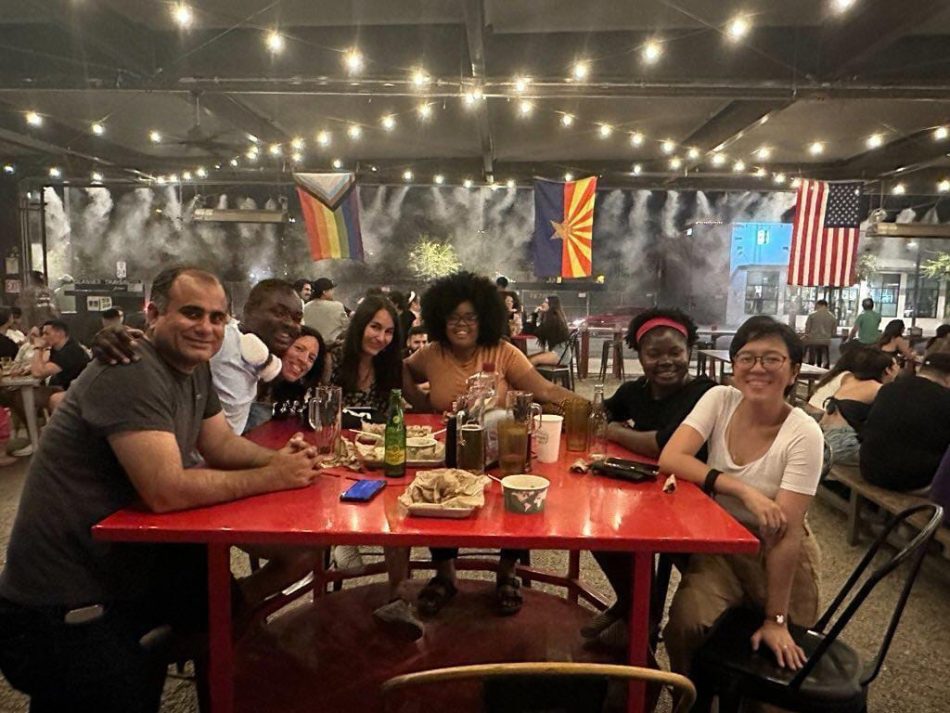
…Like finding an apartment
Which is one of the most difficult parts of moving to Phoenix. Walter Cronkite School, where you’ll be studying, is right in Downtown Phoenix, a busy and expensive area. In addition, ASU is a huge school and you’ll be competing for an apartment with hundreds of students. The program requires you to secure a place to live before you come, and while that might seem unreasonable at first, the arrival weeks are so busy and intense, you don’t want to be running around Phoenix looking for a place on the top of that.
As I was coming on a program alone, I wanted to find someone to share the space and divide the costs with me, and I was incredibly lucky to find a perfect person within the cohort. After the brief ‘interview’, Belen and I decided we were a match and armed ourselves with excel sheets and emails of agents. We had our preferences clear — walking distance to campus, price margin, individual bedrooms and bathrooms.
Finding the apartment and getting through paperwork was hard, but after a series of zoom calls and long evenings spent reading into every line of the contract, we were ready to sign. The upside of living in Phoenix, especially downtown, is that almost every building comes with a pool and gym. Our apartment also came furnished, but be prepared to see a lot of unfurnished deals, in US it’s normal.
First weeks — Phoenix challenges
So you made it — you’re in the hotel, probably jetlagged, with your life in a couple of suitcases and meeting the people you have only seen in a tiny zoom window. The arrival period is stressful: While your body is adjusting to the new place, you’re getting through the logistics, from bank card and a phone number, to a workshop on how to elect your university courses. Before you know it, you’re already moving into your new apartment and shopping for home appliances, and only then it starts to occur to you that you’re actually here for long.
There are a few things in Phoenix that are shocking. First and foremost, it’s of course the heat. No matter how many people warn you about it, you’re never ready till you experience it yourself. Even for me, a summer-loving, heat-resistant person, it was too much. Fifteen minutes outside is the top that your body can take, while inside it’s AC-age. The evaporation rate in Phoenix is very high, so you don’t even know you’re sweating and losing water. It’s customary here to go around everywhere with a big bottle of water. Luckily, there are also plenty of drinking fountains.
The hardest truth for me in Phoenix though, was not the heat but the homelessness. Coming from a culture where people rarely end up on the street, I could not wrap my head around how it is possible that so many people are unsheltered. Later I found out how easy it is in US to lose your home, and how no one is completely safe from it. Life in the Phoenix streets is hard, especially in the heat. As with any issue, instead of straight-up rejecting the reality, it’s better to inform yourself. It’s easy to fall into the trap of using “the homeless” as a common adjective without thinking about it, but really, it’s hundreds of individual people in distress. There are variety of ways you can help.
The last sad truth for me was the car-dependency. I don’t drive and never wanted to, but to get from one place to another on public transport, let alone on foot, is considered somewhat exotic here. Being used to walk about 7-8 km daily, I had to substitute this activity with gym/swimming pool and hiking. This is not ideal, but it works, and Phoenix has some beautiful hiking trails that are one uber away.

Parting words
If you read this all the way down to here, you are definitely invested to apply for the fellowship, or if you’re already a candidate, you’re on the right track. This year won’t be easy, but it also won’t be harder than what you’re prepared for. For me, the most important part of this fellowship, as you can guess from the word, are the people — my cohort group and my program coordinators. Remember, the people around you are always there to help and there is no question that’s off the table. Don’t be shy to reach out to former fellows (myself included) and be persistent. You’re not just advancing your career, you’re becoming a better colleague and a friend. Best of luck!
